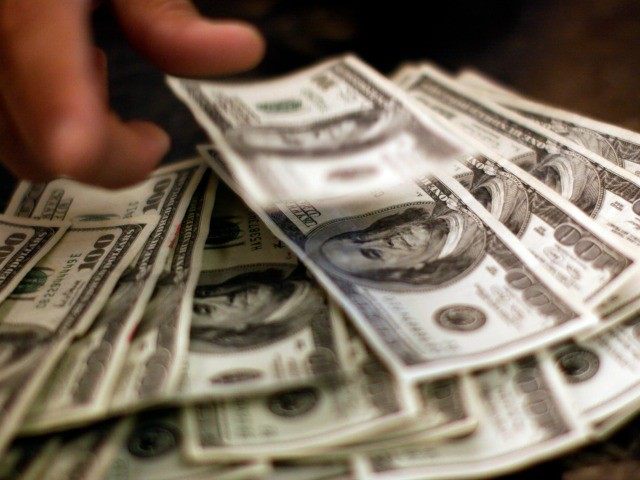David Rosenberg, former Chief Economist for Merrill Lynch, recently made the comment that the current global interest rates, at below 2 percent, have only been this low once or twice in the last 500 years. The globalization cycle over the last two decades pushed up total world debt to $223.3 trillion, over three times the world GDP of about $75 trillion. But the current low rates indicate that individuals and corporations no longer have the moral willingness to take on more debt.
In Dutch and German, the word “Schuld” means both debt and guilt. A similar association is found in the Hebrew word “chayav.” According to Kenneth Dyson in Foreign Affairs magazine, owing money is “more than just rational material exchanges within a market economy”; it is “socially constructed on hard moral judgments about character and powerful emotions of resentment, shame, and humiliation.”
Credit and debt did pre-date money, since they originally took the form of favors among friends and neighbors, which created personal moral obligations. Money later provided a unit of account for keeping track of debts. But money also de-personalized creditor-debtor relations, making commercial society possible with the posting and exacting of collateral.
With that change, debt became bound up with the potential for erosion of freedom, as individuals and their entire families could become “debt slaves.” The Biblical Proverb (22:7) warns, “The rich rules over the poor, and the borrower is servant to the lender.”
The eighteenth century saw the expansion of property rights, which led to the ability to use tangible collateral to expand credit. That inevitably led to the “birth and huge increase in public debt” that financed the ruinous wars in Europe and underpinned the vain pursuit of empire in the Atlantic, the Mediterranean, and India. The new borrowing also led to enlarged political patronage and the mutual dependence between states and creditors.
The late nineteenth century saw the emergence of the German “institutional school of economics” that saw public debt as an “integral part of national economies.” The state was seen as having a positive role to play in balancing the economy and financing the “productivity-enhancing investment in infrastructure and public provision.” With this confidence in the state, paper money was freed of the requirement of metal exchange.
Throughout the twentieth century, liberated attitudes about debt and risk were also bound up with rights to new social entitlements. Consumers expected ever-higher living standards fuelled by more lenient and readily available bank lending. The subsequent booms in the construction and property sectors, and the expansion of retail sectors, modern advertising, and marketing led to social status and identity becoming closely associated with consumption, especially the concept of luxury.
By the early twenty-first century, consumers and investors exchanged paper for electronic money. In today’s cyber-finance, “Money is now endless,” wrote economist Satyajit Das in Extreme Money, “capable of infinite multiplication and completely unreal.”
But vulnerability was growing, with new private-sector technologies of credit creation and the secularization of society that eroded religious warnings about indebtedness. Those developments were coupled with a new belief in the scientific management of public finances, often referred to as “financial engineering.” Gone was the virtue of prudence that acted as an inhibitor to expansion of private and public debt.
The 2007-8 financial crisis caused a widespread sense of confusion, unease, and alarm about the implications of debt for the behavior of banks, and for how state central banks now manage money with tools, such as quantitative easing.
The public is beginning to worry that the decline in prudence has become ever more serious with the huge growth in the scale and complexity of financial assets.
Although states continue to borrow at record rates, individual and corporate borrowing is moving faster in reverse. This explains why interest rates have moved down to historic lows. As Kenneth Dyson comments, “Creditors are again prone to be seen as “saints,” debtors as “sinners.” Virtue is attached to the former (prudence, hard work), and vice to the latter (fecklessness, laziness).

COMMENTS
Please let us know if you're having issues with commenting.